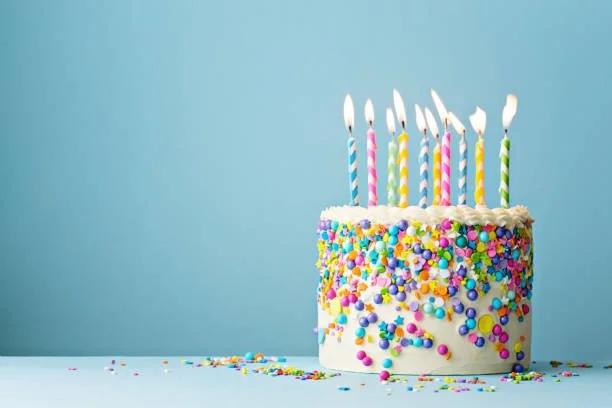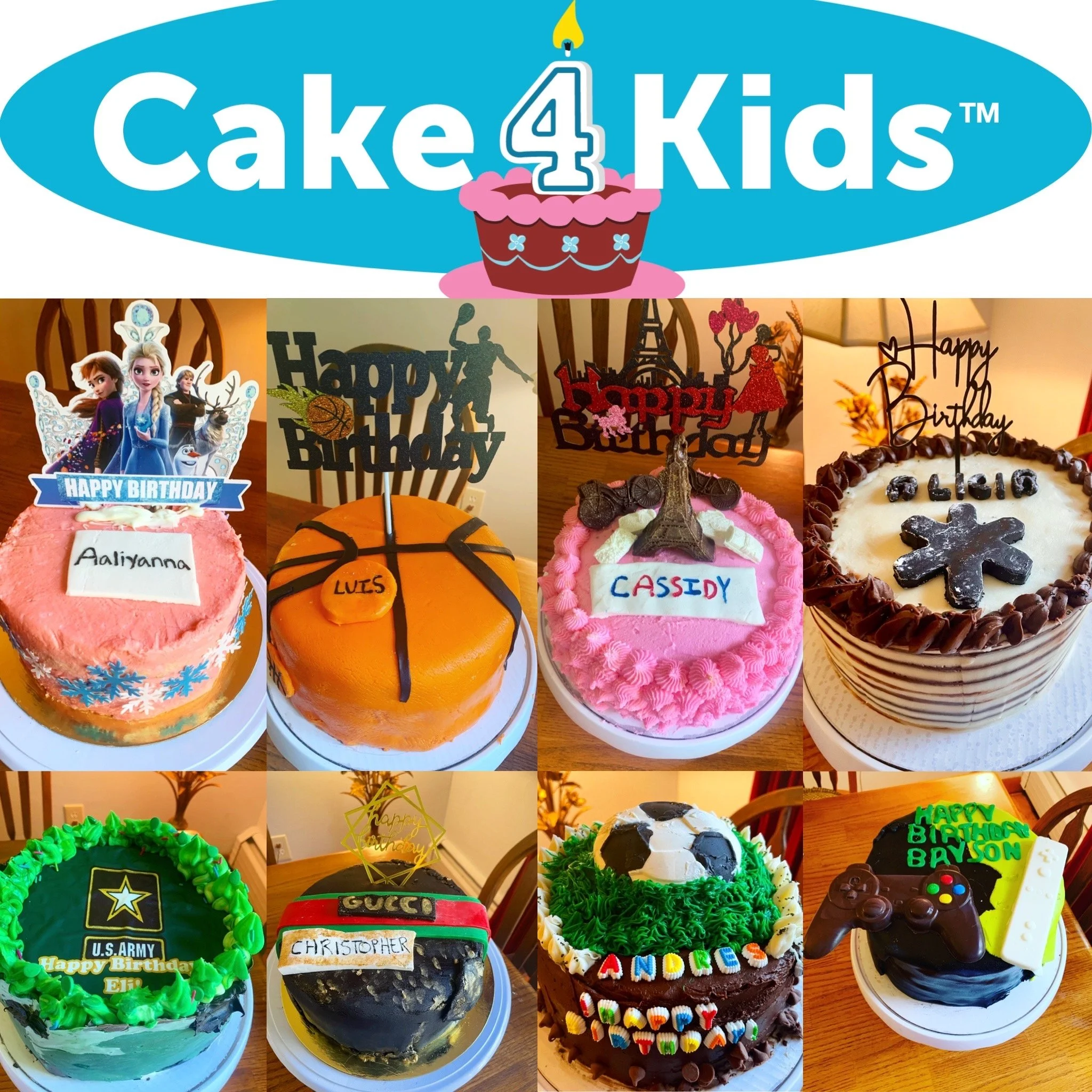Better Cake Part 2- Cake Construction
Hello all!
I hope you enjoyed reading Better Cake Part 1- Perfect Cake Layers that shared how to bake cake layers to perfection.
In Part 2 I will share how to utilize those cake layers to construct a structurally sound cake. Cake construction is important so you have an even ratio of cake to filling, so the finished cake is level, and so the cake doesn’t collapse on itself. Following my steps will allow you to have a structurally sound & beautiful cake in no time.
10 Cake Construction Steps
1) Freeze your cake layers:
If you are freezing cake layers >1 day in advance, remove the cake layers from the pan . Once removed from the pan I recommend wrapping each cake layer in a layer of cling wrap, followed by a layer of aluminum foil, and place each layer in separate gallon freezer bags with the air pressed out. Store cake layers in freezer until ready to use. Some cake layers can be stored in the freezer weeks in advance.
If you are constructing cake the day of, you can likely throw the cake layer in the freezer still in the pan for 10-15 minutes or wrap as instructed above.
Freezing cake layers makes it easier to trim your cake and spread the frosting once trimmed.
2) Trim the cake:
This is probably one of the most important cake construction tips. Leveling or trimming the cake ensures all layers are even. If the layers are not even, the cake will not be structurally sound. This may cause the top of your cake to crack right in the middle. Additionally, leveled cakes allow you get smooth edges as you frost your cake.
To level the cake layers, remove the cake layer from the pan or unwrap the cling wrap/aluminum foil/bag. Set the leveler to desired height and smoothly move in a back and forth movement to level the top of the cake. Save any cake scraps for snacking or to fill in any parts of the built cake that look uneven.
*My favorite leveler
3) Construct your cake on top of the cake board placed on top of a turntable
This gives you a surface to construct your cake, and the board allows you to transfer the cake to your serving platter or to a cake box.
4) Use a cookie scoop or measuring cups to measure your frosting for the cake layers-
This ensures you have an even amount of frosting for each layer.
5) When placing your top layer of cake, flip it upside down
This helps with getting sharp edges
6) Crumb coat your cake
Crumb coating is when you spread a very thin layer (about 1 cup) of frosting on the top & the sides of your cake. After spreading, take a hot bench scraper (run under hot water and wipe dry) and scrape off any thick layers of frosting. Once crumb coated, you should still be able to see the cake peeking underneath the frosting.
Crumb coating traps the crumbs so they don’t get mixed into your final coat of frosting.
7) After you crumb coat your cake, press down gently on your top layer of cake to get red of any air.
This prevents bulging of the cake.
8) After crumb coating your cake, place the cake (either still on the cake board or still on cake board and turntable) in the freezer for 15-30 minutes to firm the frosting.
This will allow you to put on your second coat of frosting afterwards without getting any crumbs mixed in
9) Once you remove your crumb coated cake out of the freezer let the cake sit at room temperature for 15 to 20 minutes.
This will allow your cake and frosting to settle as they acclimate to room temperature, minimizing your risk of the cake bulging. Bulging cakes result in the finished product and design not looking sleek and defined.
10) Apply your second coat of frosting with an easy design- In my final post I will share with you EASY design ideas for your second coat of frosting that are also impressive!
Supplemental Posts
For more information and visuals regarding cake construction I highly recommend this Sugar & Sparrow post and this Chelsweets post. These two posts are posts I personally reference when I need a refresher. These posts also share how to frost a cake smoothly.
Happy Baking and see you in part 3!




